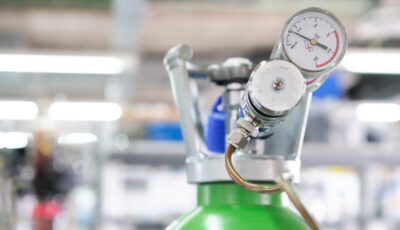Unloading – Ethanol Dehydration Units
Preparing an Ethanol Dehydration Unit for Unloading
Before unloading an ethanol dehydration unit, it’s important to know how you plan to dispose of the material first. In most cases, licensed landfills can accept the used sieve. In some cases, the molecular sieve is spread out in a nearby field. In other cases, the material has to be treated as Hazardous Material. For molecular sieve safety information, Safety Data Sheets can be found online.
- To prepare a bed for unloading, begin by regenerating the molecular sieve in the bed. Use process gas to heat then bed then allow it to cool. It is best to follow the same bed regeneration operating conditions as normally practiced.
(If process gas cannot be used due to contaminants or toxic components at hazardous levels, or if the process gas is unavailable, use nitrogen or another non-toxic gas to regenerate the bed) - Once the bed has been completely heated, depressurize and cool the bed with gas and send to flare.
- Once the bed has been purged with process gas, inert gas at ambient temperature should be used to purge the bed a second time. The gas flow rate needs to be balanced to a flow that allows a fairly equal or evenly distributed inside the bed. An alternative way to ensure efficient and effective purging is to pressurize then depressurize the bed, sending the gas to flare, and repeating this process 2 or 3 times.
- Continue to purge the bed until the outlet gas is free of toxic materials and at least 50% below the L. E. L. Once this has been achieved, the bed is ready for dumping.
- Typically, a bed is unloaded through gravity flow, releasing the material from the bottom manway (dump port). Another method is through use of a vacuum hose from the top port, and transferred into suitable containers such as a dumpster or truck to be hauled for proper disposal.
SAFETY NOTICE
Vessels should never be entered if they contain used molecular sieve. While working around used molecular sieve, be aware that the sieve may allow chemical compounds to be desorbed, even after regeneration, when exposed to the open atmosphere – particularly in the presence of high humidity. It is the responsibility of the operator to be aware of the chemicals that may be desorbed in this manner and what hazards or toxins may be encountered.
DISCLAIMER NOTICE
The above information is for general reference and guidance purposes only, Hengye does not accept any responsibility for actions based on the information above. Each reader/operator must consult equipment/operation manuals, the plant engineering/design company, and the plant/equipment builder before performing any work.


